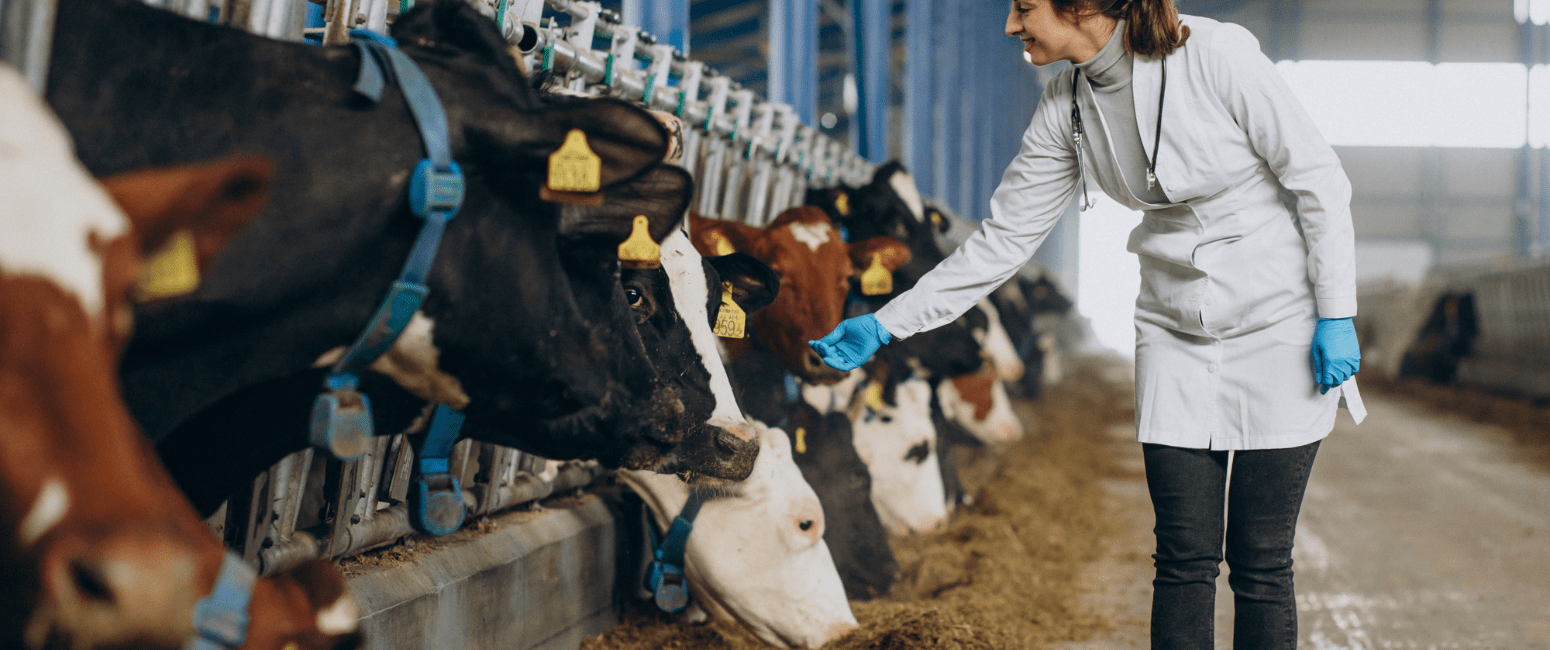Lumpy skin disease is a serious and fatal illness that can affect cattle everywhere. It is a highly dangerous condition that causes harm and can lead to death in cattle populations. It is marked by the development of small bumps or lumps on the skin, causing notable discomfort and decreased efficiency in the affected animals.
In this comprehensive guide, discover the different aspects of this disease in cattle, including its symptoms, available treatments, and preventive measures. Let's delve into this contagious and concerning disease that impacts the health and well-being of cattle populations.
Understanding Lumpy Skin Disease
Lumpy skin disease, also known as LSD, primarily affects cattle, including cows. It is caused by the lumpy skin disease virus (LSDV), a viral pathogen that spreads through direct contact or insect vectors like ticks and mosquitoes. It can quickly spread and infect many cows, which can cause a lot of problems for farmers and the economy.
Managing lumpy skin disease can be costly and lead to financial losses for the livestock industry. Recognizing the disease early and taking the necessary steps to control it can help prevent further spread.
Symptoms and Diagnosis
Early identification of lumpy skin disease is crucial for effective control and management. The most common symptoms of Lumpy skin disease in cows include:
1. Presence of multiple nodules or lumps on the skin, particularly around the head, neck, and genital areas.
2. Swelling of lymph nodes.
3. High fever and general weakness.
4. Reduced hunger and lower milk yield.
5. Fluid coming out from the eyes and nose.
6. Respiratory distress in severe cases.
Prompt veterinary diagnosis is essential for its accurate identification in cows. A veterinarian will conduct a thorough physical examination and may perform diagnostic tests, such as polymerase chain reaction (PCR) and serological assays, to confirm the presence of Lumpy Skin Disease.
Treatment and Handling
Currently, there is no known lumpy skin disease treatment in cows However, supportive care and management practices can help alleviate symptoms and aid in quick recovery. Providing a clean and comfortable environment, and ensuring proper nutrition and hydration are crucial steps in managing the disease.
Regular monitoring of affected animals and prompt veterinary intervention can help minimize the impact of LSDV. Isolate infected animals to prevent disease spread within the herd, safeguarding cattle health.
Preventive Measures and Vaccinations
Prevention plays a vital role in controlling outbreaks of this infectious disease. Vaccination is an effective measure to protect cattle from LSD. A vaccine, specifically designed to combat LSDV, is available in some regions.
Vaccination programs should be implemented in consultation with veterinarians, following recommended protocols. Along with vaccinations, implementing proper biosecurity measures, such as quarantine procedures and insect control, can help prevent the spread of the disease within the herd.
The Epidemic has a significant impact on animal health and productivity. Infected cows may experience reduced milk production, weight loss, and reproductive problems. These factors can lead to economic losses for farmers and the livestock industry. It is crucial to prioritize animal health and implement appropriate control measures to mitigate the impact of contagious vector-borne diseases.
Conclusion
In conclusion, lumpy disease in cows is a viral infection that poses a significant threat to their populations. By implementing appropriate control measures, such as vaccinations, maintaining proper hygiene and biosecurity practices, and providing supportive care to affected animals, cattle farmers can safeguard the health and productivity of their herds.
Veterinary guidance and regular monitoring play vital roles in the early detection and management of lumpy skin disease outbreaks. With proactive measures and timely interventions, it is possible to mitigate the impact of this contagious disease on the livestock industry and ensure the treatment of lumpy skin disease.

